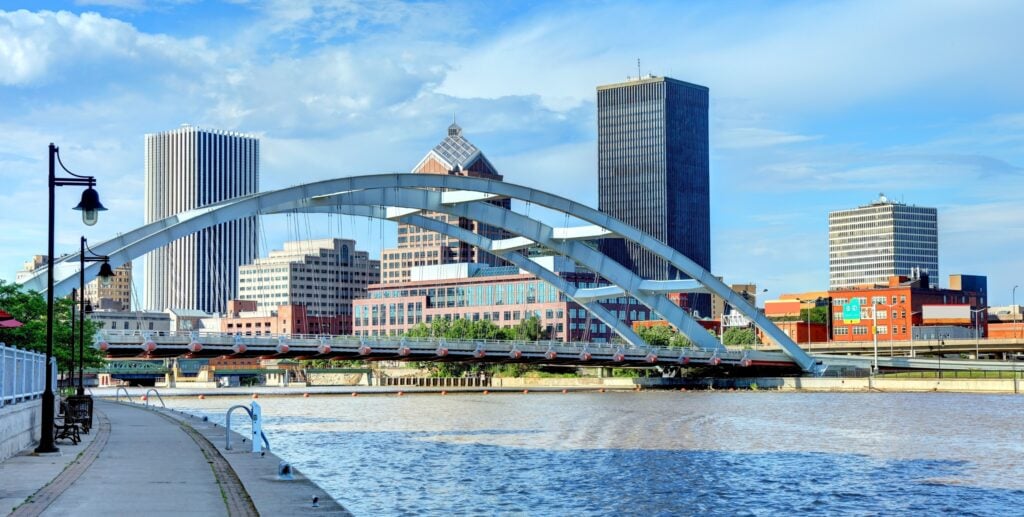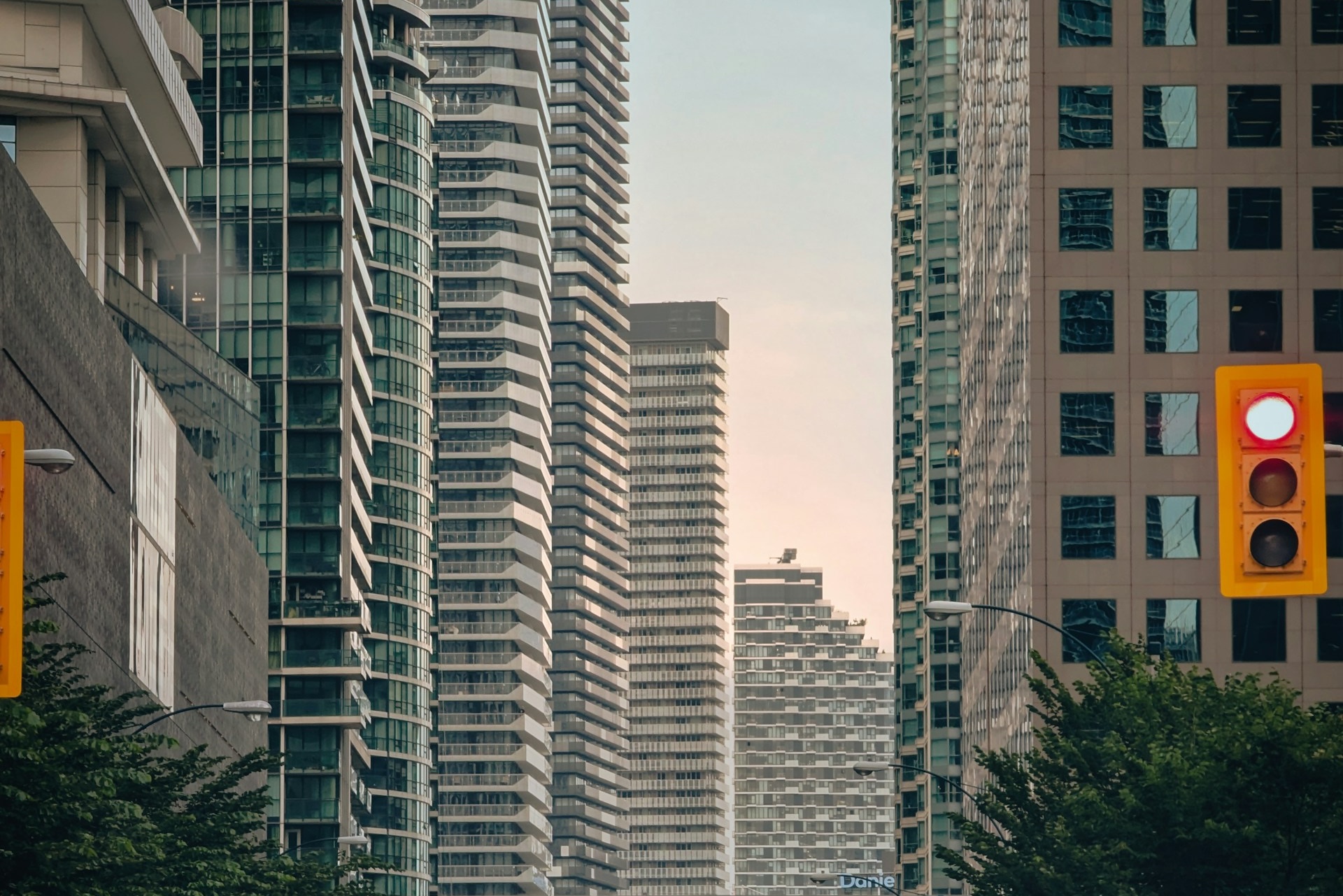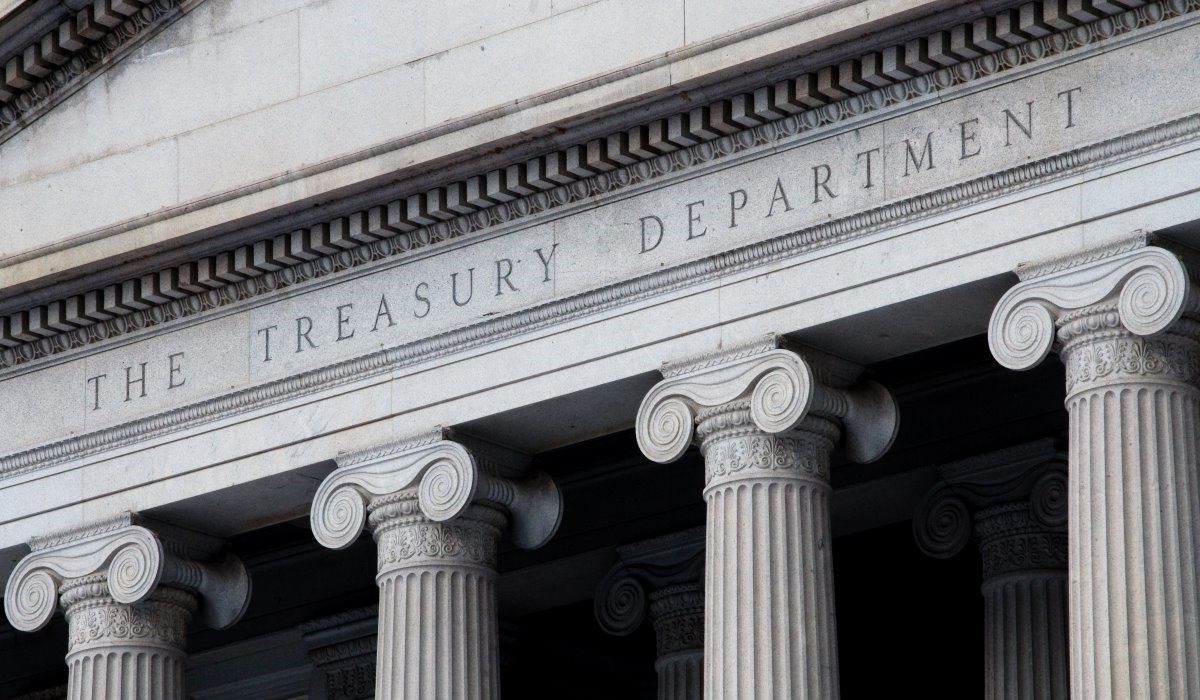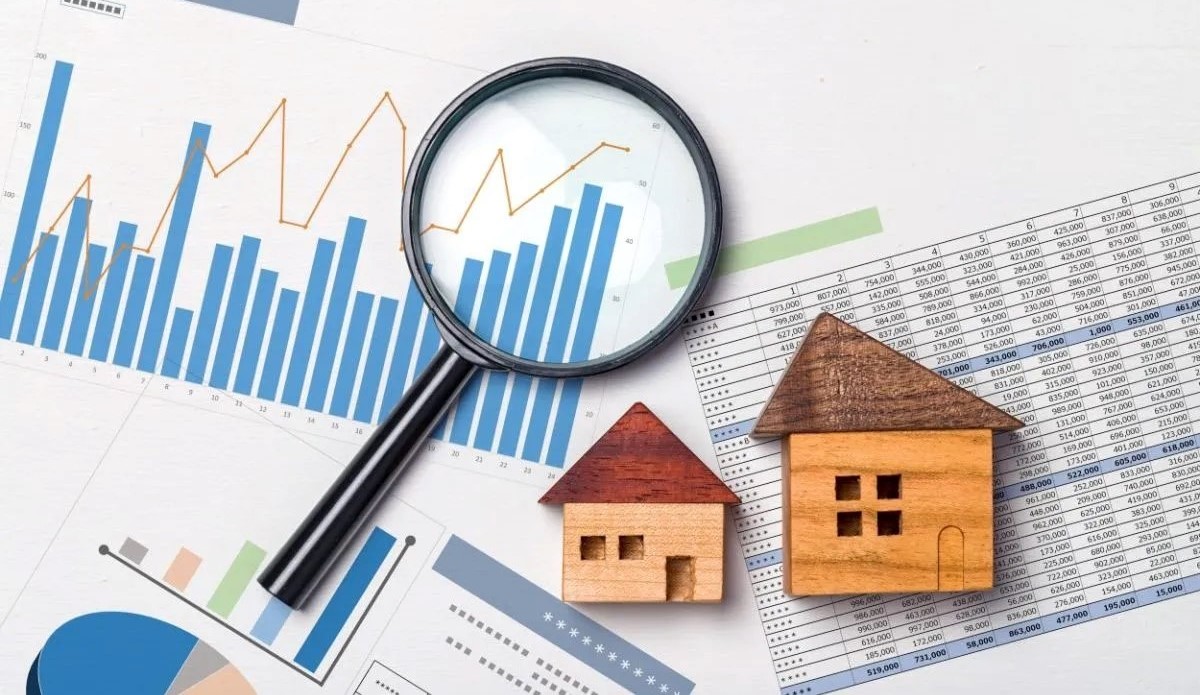Australia needs an extra 83,000 tradies to build the 1.2 million homes planned in the National Housing Accord by 2029.
New modelling from the Housing Industry Association has estimated the country cannot build the housing-crisis fixing number of homes without an extra 22,000 carpenters, more than 17,300 additional electricians and almost 12,000 further plumbers.
Thousands more will also need to be trained in other trades, with the nation’s 277,872 building industry workforce needing to surge to 361,175 to sustain the construction volumes necessary for the boom.
RELATED: Melbourne suburbs defying market pain with big price gains
Best and worst, suburbs for Aussie singles
Inside Kath & Kim’s star’s $8m mansion
Without the up tick, HIA have warned there will be cost and timeline blowouts for Aussies building new homes — and that the federal government target will be unreachable.
Australia’s tradie shortages estimates, according to Housing Industry Association.
They have estimated Australia currently has 114,000 apprentices in training, slightly below record levels, but this figure would have to be doubled to meet the additional tradies needed and maintain current workforce numbers.
With just 3644 internationals currently helping to build Aussie homes, they believe the government will have to roll out incentives to get more skilled workers coming here — and prioritise them over other professions to avoid exacerbating the demand for new homes.
HIA future workforce executive director Geordan Murray said a 30 per cent increase in the nation’s tradies was needed to “avoid a repeat” of what followed the HomeBuilder government stimulus-driven boom in which 228,000 homes were built in 2021.
That surge was followed by tradie shortages nationwide and the cost of building a home surging tens of thousands of dollars around the country.
The hunt is on to find thousands of extra tradies across the country. Picture: Richard Dobson
Carpenters was the profession with the biggest shortage, with more than 22,000 extra needed. Source: Getty Images
In order to reach the 1.2 million homes target the nation needs to build 240,000 a year, which Mr Murray said would need to be sustained into the future as the nation’s population continued to grow.
“Australia, as a whole, hasn’t been supplying enough houses to keep up with demand and a big part of that has been not having the workforce to keep up with those homes,” he said.
“We can’t just go back to building 160,000-180,000 homes a year afterwards, it needs to be 240,000 ongoing.”
The boss of one of Australia’s biggest builders, AHB Group, has backed the calls, noting that while his firm had built about 2400 new houses or medium-density homes in the past year without significant issue in metropolitan areas, regional markets were still struggling.
Co-founder and director Pasquale Garofalo said Western Australia, where it can now take up to two years to build a house amid shortages of tradies, should be a warning to the rest of the nation as pressure to build more homes ramps up.
“The rest of the country isn’t there yet, but we will get back to that point if we don’t increase the workforce,” he said.
HIA’s Trades Availability Index shows that while a national shortage of tradies has improved since 2022, it is still worse than any time in the 15 years before the pandemic.
They are expecting ongoing shortage of tilers, plasterers, painters and roof tilers as these trades have lower levels of apprentices in training at present.
HIA’s Trades Availability Index shows that while a national shortage of tradies has improved since 2022, it is still worse than any time in the 15 years before the pandemic. Picture: Mark Stewart
Ageing work forces are also expected to create issues for bricklayers, floor finishers and plasterers.
HIA are calling for more government work to promote trades careers in Australia, including targeted programs for mature-age and female workers, with financial and mentoring support to ensure they succeed.
They have also called for bonuses up to $1000 to help new starters purchase tools.
Mr Garofalo said the nation also had to address a persistent view that building work was a blue-collar job for “the kids who won’t make it academically”.
“The money you make being in a trade is very good, they should be encouraged equally towards trades and university degrees,” he said.
Mr Murray added that boosting international workers was essential, though it would require striking a balance with creating new housing for them and might have to come at the expense of other industries hiring workers from offshore — rather than increasing immigration.
“We are not necessarily calling for a net increase over what is planned in terms of population, but for building industry skilled workers to be prioritised if we are to meet the targets of the Housing Accord,” he said.
Sign up to the Herald Sun Weekly Real Estate Update. Click here to get the latest Victorian property market news delivered direct to your inbox.
MORE: Australia’s $100m+ mansions not even a lottery winner could buy revealed
Beechworth: Country house with a private lake, garden of paradise sails onto the market
Myer family home: First look inside Toorak estate being sold by retail empire founders



















 English (US) ·
English (US) ·